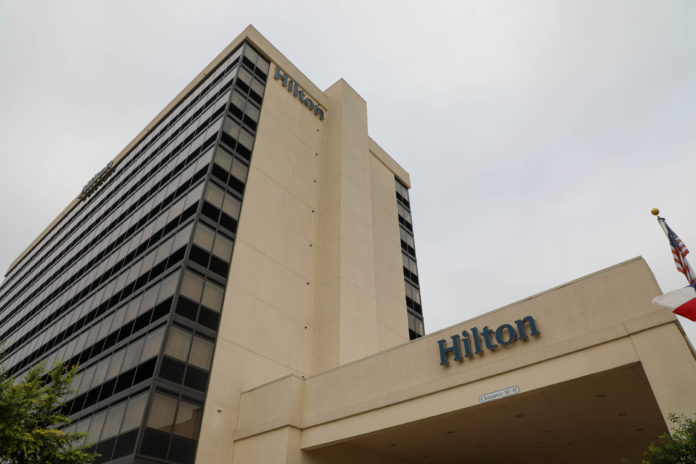
By Mallory Harris | Reporter
As positive cases rose on campus in the first few weeks, it raised the question of where everyone was being isolated. While space on campus is limited with record-breaking enrollment numbers, Baylor has sanctioned off certain hotels where on-campus students can be placed in isolation to prevent the spread of COVID-19.
Even though there were extensive safety measures put in place, such as masks being worn inside every building, positive cases still happened. Resources for those in isolation from Baylor included an arranged hotel stay and a link to order food. Details about daily symptom checks and tracking numbers for the Baylor and McLennan County community can be found at the student guide and the COVID-19 dashboard.
“If you live on campus and are temporarily placed in self-isolation housing, meal delivery will be arranged for you if you have a campus meal plan,” the student guide said. “Students living off campus should also determine if they will self-isolate in their off-campus residences or at their permanent residences.”
Austin freshman Jack Hoover noticed symptoms one morning and tested positive after voluntarily getting tested. He underwent quarantine with his roommate, who also tested positive, at the Hilton Waco Hotel. Since he was an on-campus student, Baylor provided him links to order food and arranged his hotel stay. While having to adapt to these new circumstances, Hoover still participated in class.

“The experience was pretty tough. It wasn’t too bad until about halfway through — that’s when we started to run up the wall,” Hoover said. “It was pretty easy to keep up with schoolwork. Watching the videos was harder to do than being in class, but it was doable.”
On the other hand, students who live off-campus must arrange their food and living situations.
Sulphur Springs sophomore Zoe Wilson was in close contact with a positive case and has been in isolation in her own apartment. While receiving a negative test before coming in contact, Baylor Health Services called to inform her of the possible contraction. Since she doesn’t have a meal plan on campus, Wilson arranged for H-E-B to deliver essentials and is keeping in touch with professors to do assignments.
“It actually hasn’t been bad. I’m an introverted extrovert, so I definitely miss human interaction, but it’s given me a lot of time to do things I usually run out of time to do,” Wilson said.
Students’ living situation this semester determines how they can receive food in the case of a positive COVID-19 test. Parents of off-campus students can deliver food, but it is on the shoulders of the student to make that call, while on-campus students obtain meals more easily.
As positive cases have gone down since the start of the semester, many Baylor officials find that the unique approach the university has taken is doing something right. With the variety of locations being used, Baylor identifies where the positive cases are placed as their results become clear, Tiffany Lowe, director of campus living and learning, said. Lowe explained how removing positive cases from campus was to allow for private space during recovery.
“With the largest first-year class on record, we did not have the available space to take an entire building offline for positive cases,” Lowe said. “With this process, we are able to place students who test positive in private space with their own private bathrooms, which is rarely available on main campus.”





